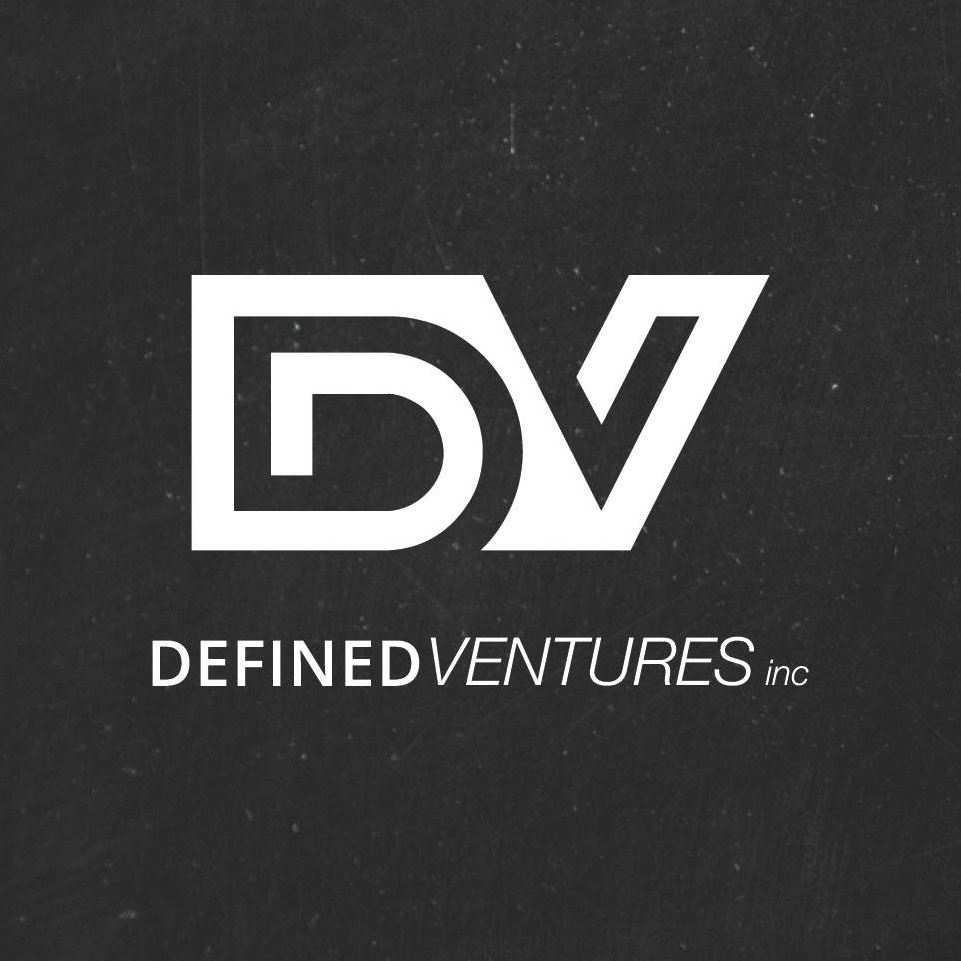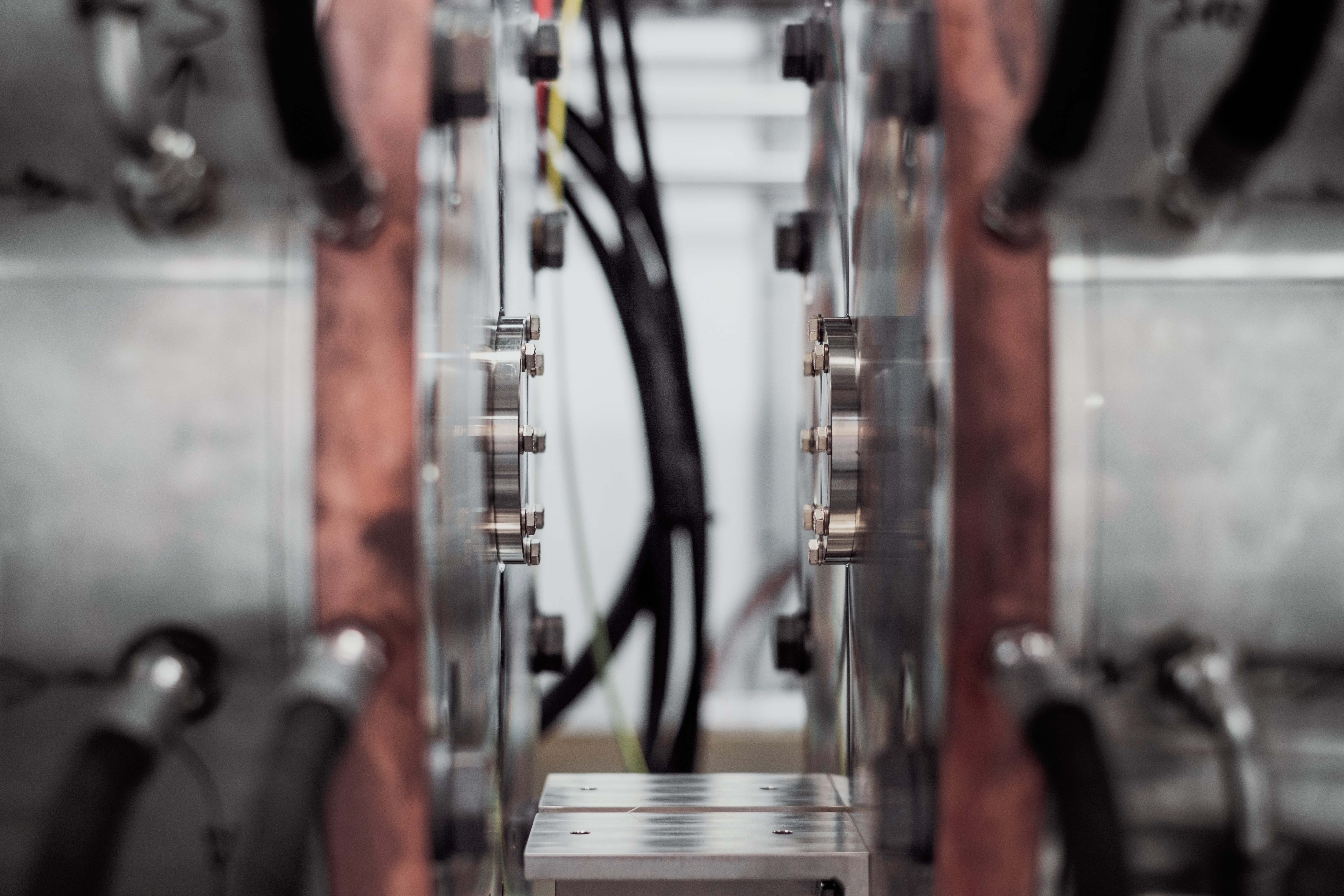Planning: it’s easily the single-most important factor of business, especially in manufacturing. Plan successfully for every project to enjoy higher success rates, improved efficiency, and easier adaptation in the face of variables outside of your control. Fail to plan at all and you will certainly pay for it – often with extreme financial harm and loss.
Enterprise resource planning (ERP) software takes the difficulty out of resource management by automating and perfecting data visualization and analysis. Rather than relying on paper or even spreadsheets, it becomes easy to see and confirm your thoughts in seconds through your chosen platform. In the manufacturing industry, where inventory and resources can change rapidly in as little as a few hours, that’s a vital part of daily business.
If your manufacturing company has yet to hop on the bandwagon of software-based management and/or automation, we want you to know there’s no time like the present. Choosing to become an early adopter of automation integrated into ERP platforms gives you an incredible advantage over the competition, but it may also revolutionize your manufacturing process as a whole.
Improved Inventory Management
If we asked you to tell us exactly how many of one specific item you had in stock in your manufacturing plant right now, could you answer quickly and effectively? If you can, are you certain your answer is reliable? Rapid changes in manufacturing can cause wild swings in inventory over only a short period of time.
One of the reasons these swings happen in manufacturing in the first place is that most manufacturing plants carry a high volume of inventory. That inventory accumulates before, during, and after manufacturing, and each facet must be optimized to ensure an efficient process.
Inventory management falls into one of two individual areas: materials and product inventory. Too much materials inventory will cost your business unnecessary capital, while to little results in manufacturing holdups or missed deadlines. Too much product inventory leaves products sitting the shelves, wasting precious resources in production that never see a return on investment. No manufacturing company has ever succeeded by overproducing what they can’t sell!
In terms of management benefits, ERP’s main contribution is that it gives you unique access to data visualization you can’t otherwise access manually. A good platform shows your balance of raw materials, components and finished products, going a step further to let you identify how these items flow from one process to the next. In seconds, you can anticipate resource issues before they happen. If there’s a shortage or an overflow in one area, you can shift inventory around from a single platform and create a plan for balance. If you’re about to run out of products, you can increase demand.
Need new items altogether? Order them from right within your ERP platform; it has order management capabilities, too. Integrative cloud systems make this possible from anywhere, so you’ll never miss another order again. It’s all about anticipating the future with solid business intelligence.
Demand-Forecast Fluctuations & Aggregate Planning
Every business has their own unique demand fluctuations and rhythm; this is simply a fact of life in the manufacturing sector. Where many businesses fail is in identifying and assessing that rythm for future planning. Instead of being proactive, they are reactive, making adjustments only after demand shifts.
Reactive manufacturing management is a significant problem because it relies on outdated, non-real-time information. Entire manufacturing plants can suddenly go under due to market fluctuations, clients who end a contract, or even worse, clients who make a single bad decision and suddenly go belly-up. Although you can make an educated guess on what might happen in the future with clients and the market based on past experience, but that neglects to factor in outside sources of information.
ERP eliminates these concerns to make identifying demand fluctuations easier by automating analysis and alerting you when there’s an issue. Most platforms factor in not only manufacturing history, but also market fluctuations in price and availability (e.g., stock exchange values.) It becomes easier than ever to adjust productivity to compensate for these fluctuations, letting you scale your efforts to exactly what’s needed.
Most manufacturing ERP platforms also contain advanced data visualization graphs and models to help you interpret demand over the last day, week, month, year, or even the life of your business, rather than just the life of a single client. Instead of sitting in front of a set of spreadsheets coding individual cells, the system contains all of the information you need and automates calculations. With just a few clicks, you can drill down and identify red flags revealing when, why, and how your most frequent shifts occur.
Less Billing Blunders
Many manufacturers track and update billing using spreadsheets, especially if they’re small. Unfortunately, spreadsheets are often frustrating, time-consuming, and prone to errors. Worse still, if the user doesn’t remember to create a backup and the sheet somehow corrupts, you’re out a wealth of information. Placing that much faith in humans is risky because humans are inherently prone to the occasional error.
Unfortunately, manual analysis and billing problems usually aren’t immediately obvious to the business. It’s common for issues to crop up days, weeks, or even months down the road, including overbilling, double-billing, unpaid providers, or even completely incorrect invoicing sent out to customers.
The result, as it is with any business, is angry partners and clients, lost money, lost time, and plenty of frustration. Depending on the error in question, you may even realize that the product you thought was making you money is actually eating into your bottom line. What appears to be success is really a failure.
More importantly, hiring a spreadsheet guru to manage your billing isn’t necessarily cheaper. Excel experts charge thousands for customized spreadsheets, and a single corrupted spreadsheet can totally disrupt your daily business efforts. ERP saves you money simply by being cheaper than manual entry due to reduced human resource needs and associated costs.
Improved Human Resource Management
Human resources is another critical area for manufacturing businesses to manage. Despite the fact that most manufacturing businesses rely on machines to actually make products, they still need humans to manage the processes and the machines themselves. Whether that qualifies as simply monitoring an automated machine process, running IT tasks, or even operating the machines personally, lacking the right people for the job is often disastrous.
Issues with human resource management don’t always manifest in clear or obvious ways. Sometimes, the business seems unable to recruit the right people at all. In other cases, it may seem like recruiting and ramp-up takes too long, affecting project outcomes or even costing you a client. ERP allows you to track just about every facet of HR, including:
- Recruiting sources.
- Recruitment success.
- Recruitment failures.
- Time to fill and/or hire.
- Training needs.
- Certification requirements.
- Issues with attendance.
- Gaps in support staff.
- Employee engagement.
- How long employees stay.
- Time off, vacation, or LOA.
Unlike HR management software, which doesn’t provide an integrative analysis that considers other business factors, ERP looks at human resources from a holistic perspective. When business demands rise, your ERP will notify you so you can compensate. When support is low in a specific department, you’ll be the first to know so you can increase recruiting efforts. This is especially valuable in the ever-changing manufacturing environment, where even hourly shifts can necessitate HR adjustments.
Most ERP can even automate candidate-driven recruiting from the point of application through filtering right up to the first interview. By the time you bring someone in to meet them in person, you already know whether or not they’re right for your company.
When you automate menial recruiting tasks, it frees your HR staff up to focus their efforts in finding true talent and hidden gems. Research shows that early adopters of automation and AI (including ERP) in the manufacturing industry gain a significant edge on their competition in recruiting. Finding the right people for the job every time improves performance and success rates, spurring on unprecedented growth.
President and founder of DVI, Aaron Boerger realized early in life that he had a unique combination of x-ray vision and business acumen for seeing the weaknesses that held businesses back – and the ability to define the right tools, technology and strategy to make them stronger.
From founding a successful technology support business in his early teens, to serving as Chief Operating Officer for several companies in the financial, technology and marketing industries, Aaron has developed a reputation for reinventing technology implementation tactics – and the willingness to tell people not what they want to hear, but what they need to hear, in order to achieve success without overwhelm.
Aaron will always go the extra mile to provide the accountability and support his clients need to achieve their goals, yet isn’t afraid to tell them when they are doing something wrong.

